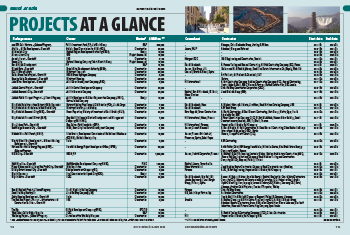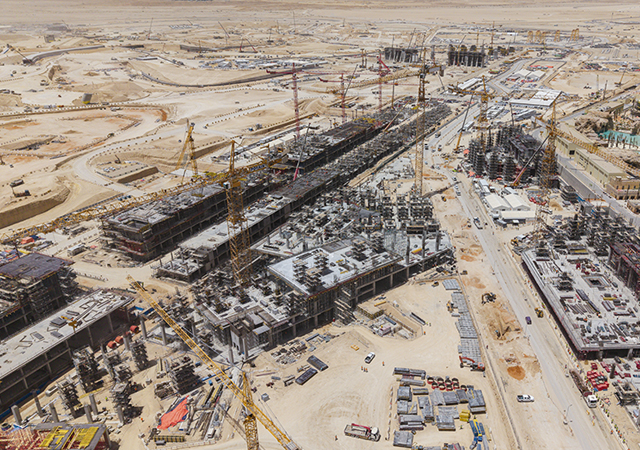
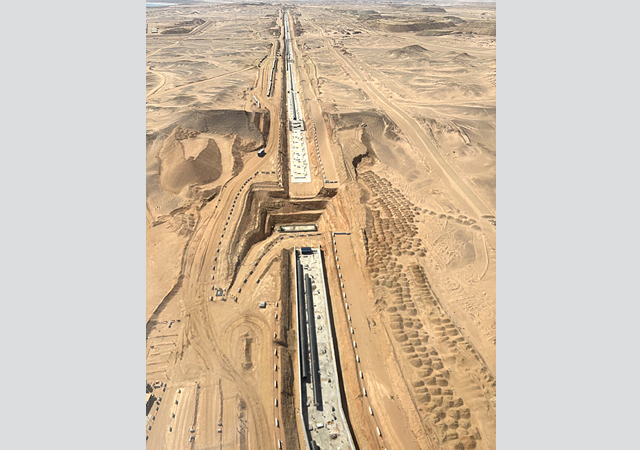 Pipelines being installed at The Line.
Pipelines being installed at The Line.
Saudi Arabia’s $500-billion NEOM project has entered a critical phase of physical construction, as key structural components for The Line – a flagship linear city within the mega-development – advance with record-breaking engineering feats.
These include the world’s largest dewatering and piling exercises in what is one of the biggest construction sites globally.
Giles Pendleton, Chief Operating Officer of The Line at NEOM, last month released his latest visual LinkedIn update documenting construction progress across Saudi Arabia’s ambitious futuristic city project. Part of a series of posts entitled “NEOM is real part 24”, it features aerial imagery showcasing infrastructure development including water pipeline installations, newly completed workforce camps, and extensive construction activities at the Oxagon harbour area.
The aerial footage provides a comprehensive perspective on the state of multiple NEOM components, with Pendleton highlighting the “massive amount of work” under way at the Oxagon harbour, which is designed by Danish architecture firm Bjarke Ingels Group (BIG) as a floating industrial complex and logistics hub on the Red Sea.
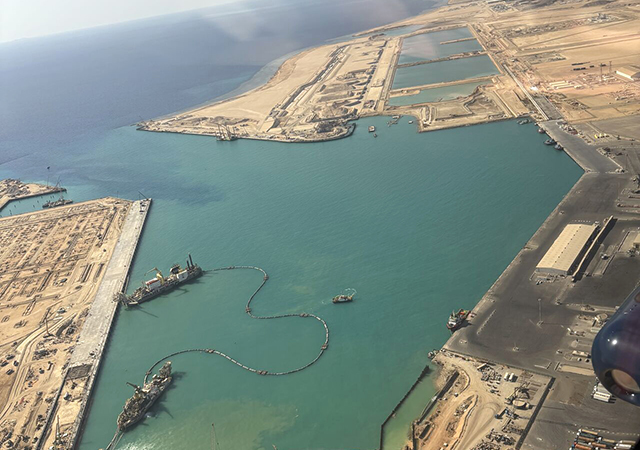 |
|
Dredging work in progress at Oxagon. |
“A good snap shot of progress and a range of NEOM infrastructure projects from the water pipeline to new camps completing to massive amount of work in Oxagon harbour,” Pendleton notes in his LinkedIn post, highlighting that the aerial perspective offers “a very different view point from the air”.
His earlier post, “NEOM is real part 23”, features an informative animation from the recent MIPIM real estate exhibition in Cannes, France. The animation highlights the massive dewatering project underway for The Line, essential for preparing rafts and foundational supports across diverse terrains – coastal areas, mountains, and elevated valleys – as excavation and pile driving deepen. This operation boasts a 90,000 cu m/h discharge capacity and employs approximately 2,000 sensors in what’s described as the world’s most intelligent dewatering system, providing continuous water monitoring.
Also at MIPIM, NEOM showcased the significant progress on the foundation work, with piling nearly complete at Module 46.
“Over 5,500 piles per module, up to 70 m deep and utilising over 3.5 million cu m of concrete, have been driven across Phase One,” according to Pendleton’s previous update shared in March (NEOM is real part 22).
The engineering initiative supports the foundational structure of The Line, a 170-km-long, 500-m-high vertical city that will eventually house nine million residents. This marks the largest piling project ever undertaken globally, according to the update.
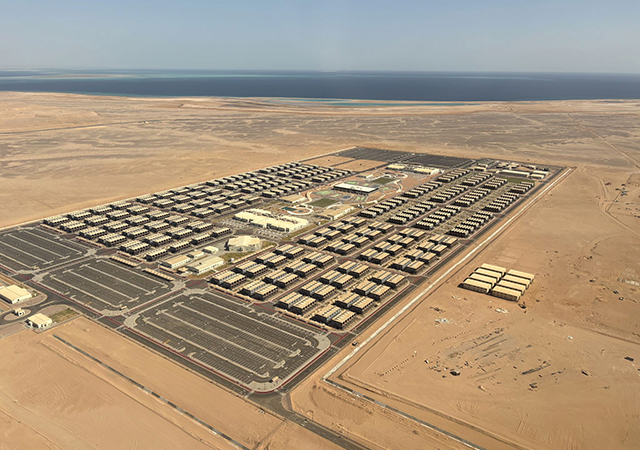 |
|
New workforce camps are nearing completion at NEOM. |
Drone footage showcases the extensive site activity spanning Modules 45 through 48 and the coastal area – dubbed Hidden Marina – the designated starting point of the project.
Piling operations are nearing completion at Module 46, part of the initial development phase. The Line is expected to involve the installation of a total of 16,400 piles – an astounding volume compared to 192 piles used for the Burj Khalifa, currently the world’s tallest building, says the update.
These initial modules are designed to accommodate 200,000 to 250,000 residents.
At the PIF Private Sector Forum in Riyadh during February, NEOM’s Chief Development Officer Denis Hickey said: “The project, a bold step in redefining urban living, will introduce a fully integrated, vertical city built in modular 800-m sections.
“With a built-up area surpassing 21 million sq m, the scale of Hidden Marina is unprecedented, dwarfing global benchmarks such as the Burj Khalifa, which has a built-up area of just 350,000 sq m.”
According to Hickey, more than 140,000 workers are currently engaged in the project’s construction.
“Infrastructure development has seen an investment of over $140 billion, ensuring that essential services such as energy, water, transport, data, and communications are in place to support the emerging metropolis,” he added.
“The Line is not a building; it’s a city,” said Hickey, reiterating the vision of a vertically-layered urban form that integrates transportation, public space, and residential zones into a compact, energy-efficient design. Advanced technologies and AI-driven alignment systems are being used to implement the massive grid infrastructure.
Late last year, NEOM appointed a consortium of international firms – Delugan Meissl Associated Architects (DMAA), Gensler, and Mott MacDonald – to deliver the core city planning, design and engineering services for the first phase of The Line.
DMAA has been appointed as urban designer, leading the concept and detailed masterplan of Phase One. It will later support NEOM in maintaining the design vision of Phase One, as neighbourhood architects are appointed. DMAA is working with a team of experts across a range of topics such as microclimate and ecology, mobility and logistics, and sustainability.
Gensler has been named as city planning consultant for Phase One. It will lead on city design coordination and city planning, providing leadership and governance across the project on crucial areas, including planning policies and frameworks, land use and design compliance.
Gensler has also been appointed as city asset design architect for critical city infrastructure, including transport hubs and the public realm.
Mott MacDonald joins the project as city infrastructure engineer. It will drive management and control of vertical and horizontal structures and city utility systems for Phase One, focusing on the efficiency and sustainability of the design for a functional, constructable and operable city.
Among other deals signed to push ahead with work on the massive project, NEOM has also partnered with South Korea’s Samsung C&T Corporation to establish a SR1.3 billion ($345 million) joint venture aimed at automating rebar cage assembly through robotic welding and tying. This initiative is expected to cut manual labour by up to 80 per cent and material costs by 40 per cent, while generating over 2,000 high-skilled jobs locally. A separate agreement was signed with Denmark’s GMT Robotics to expand advanced construction automation within the mega-project.
Oxagon
Beyond The Line, construction is progressing across other NEOM regions. Oxagon, the industrial and maritime hub on the southern coast, is rapidly expanding its port and manufacturing facilities. Billed as a “floating city”, Oxagon will be a testing ground for clean energy, robotics, and smart logistics.
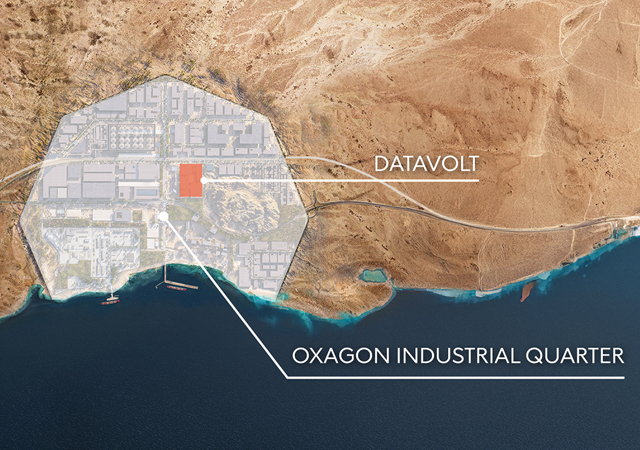 |
|
DataVolt is building a $5-billion net-zero AI data centre at Oxagon. |
Pendleton’s latest update shows dredging works under way at the port, which is the primary seaport of entry to the kingdom’s northwest. On completion, it will be able to handle 12 million TEUs (twenty-foot equivalent units) annually.
Egyptian construction group Hassan Allam Holding said its Roads & Bridges subsidiary is working on the paving contract for the Port of NEOM, covering 375,000 sq m.
Among the massive facilities poised to take shape at Oxagon is the region’s first net-zero AI data centre being set up at a cost of $5 billion by Saudi data centre operator DataVolt.
The 1.5-gigawatt net-zero data factory, expected to be operational by 2028, will support NEOM’s push toward a digital, sustainable economy. As part of the agreement, NEOM will lease land and provide infrastructure to DataVolt, aligning with the region’s high-density computing and energy efficiency goals.
Construction work is also in progress on Neom Green Hydrogen Company’s plant – the largest green hydrogen manufacturing facility in the world.
Other regions
NEOM encompasses multiple specialised regions under simultaneous development. Sindalah, its first physical showcase and a luxury island destination in the Red Sea, was officially opened in late October after a two-year development. The project involved a 30,000-strong workforce at its peak across four local contracting partners and up to 60 subcontractors.
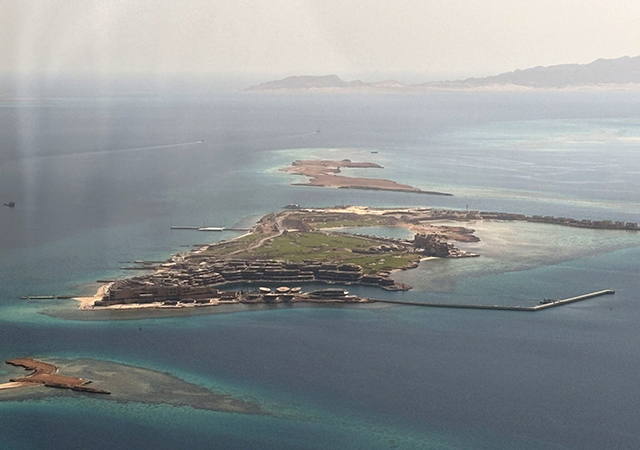 |
|
Sindalah ... the first region to open within NEOM. |
This 840,000-sq-m island, located 5 km off the NEOM coast, aims to be a gateway for yachts and luxury tourism, supporting Saudi Vision 2030. Designed by Italian studio Luca Dini Design and Architecture, Sindalah features world-class amenities including an 86-berth marina with a yacht club, restaurants, hotels, retail outlets, a beach club, and a golf club. It boasts a rich marine ecosystem and prioritises sustainability. By 2028, it expects to host up to 2,400 guests daily at its 440 rooms, 88 villas, and 218 serviced apartments.
Trojena, NEOM’s mountain tourism destination, is shaping into a year-round adventure and eco-tourism site. Foundational works for ski resorts, hiking trails, and lakeside residences are now under way.
Last month, ENOWA successfully delivered two 200-tonne 380/132 kV transformers for Trojena’s bulk supply point (BSP), establishing a robust foundation for a reliable, high-capacity power supply in the region.
NEOM’s tourism and hospitality sectors are also advancing following the official unveiling in June last year of Magna, a coastal luxury zone comprising 12 destinations including Leyja, Epicon, Siranna, Utamo, Norlana, Aquellum, Zardun, Xaynor, Elanan, Gidori, Treyam and Jaumur.
Spanning 120 km along the Gulf of Aqaba, Magna integrates advanced technology, bold architecture, and environmental conservation to create a unique world-class destination. The development will feature 15 luxury hotels, 1,600 hotel rooms, suites and apartments, and over 2,500 premium residences. NEOM intends to build the Magna coastal highway and supporting infrastructure. The project involves construction of 96 km of roads and utilities, with completion targeted for 2027.
Among the hospitality chains that have expressed interest in setting up properties within Magna is Equinox Hotels, which recently signed up to operate the Equinox Resort Treyam, a 450-m bridge-like property suspended 40 m above a lagoon.



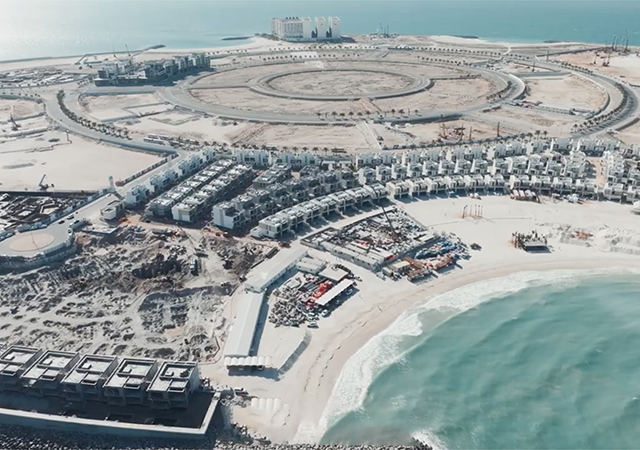

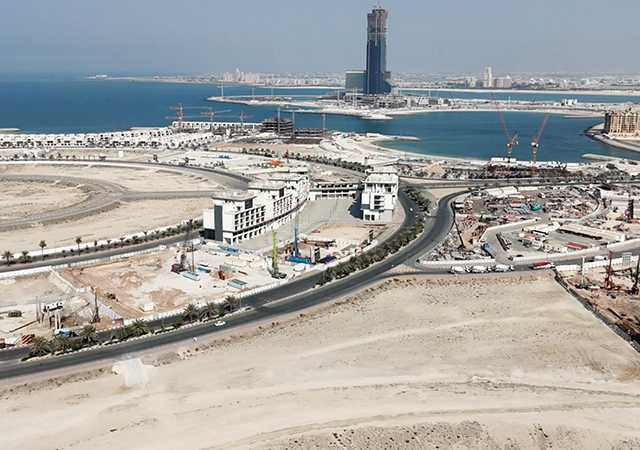
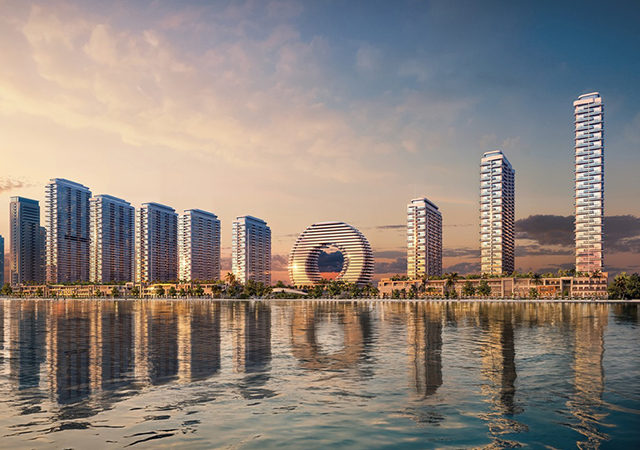
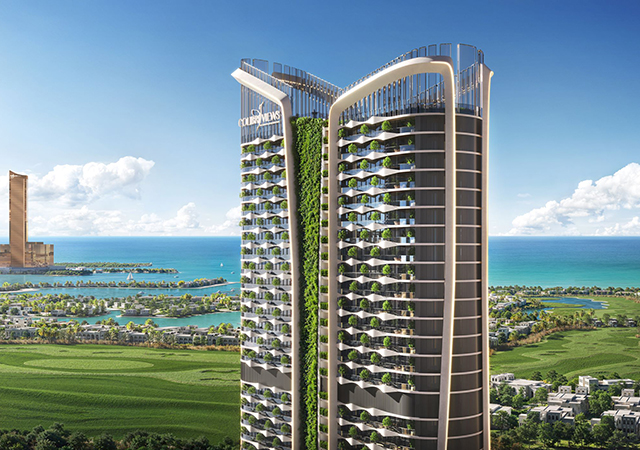
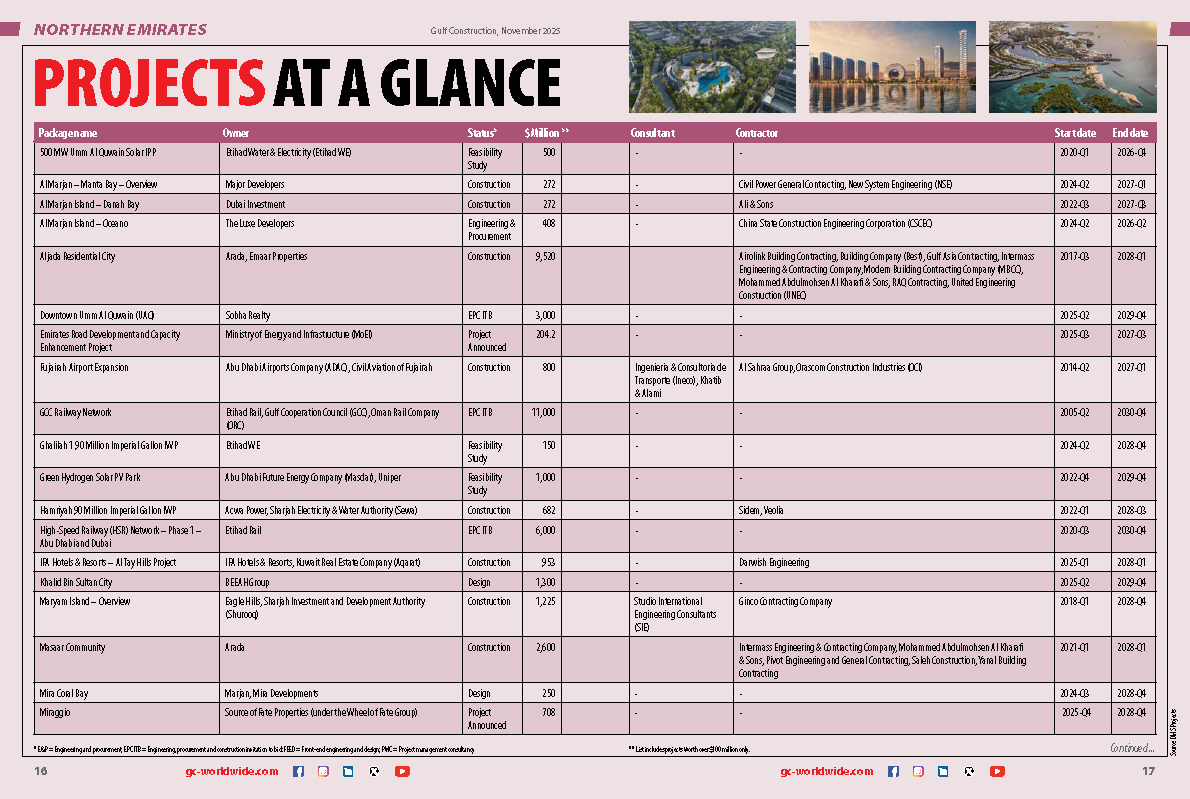
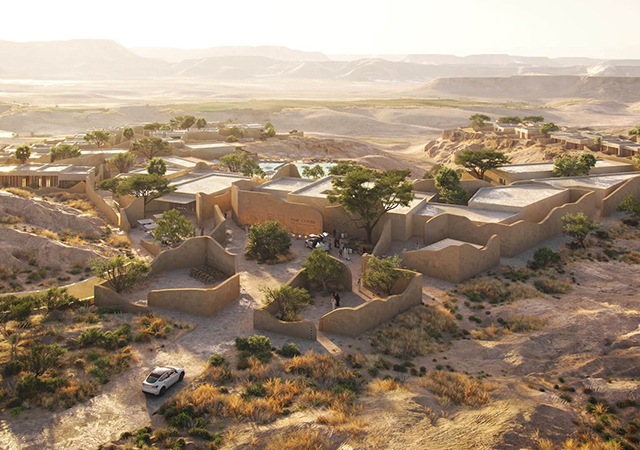
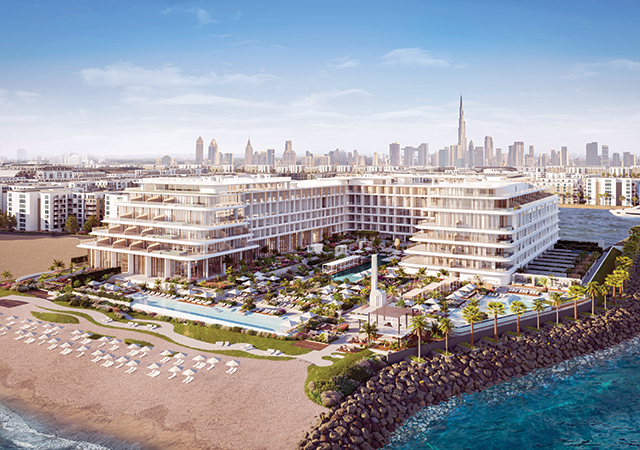
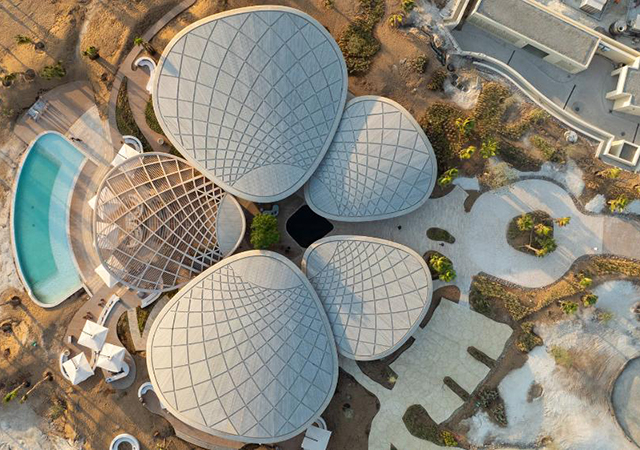
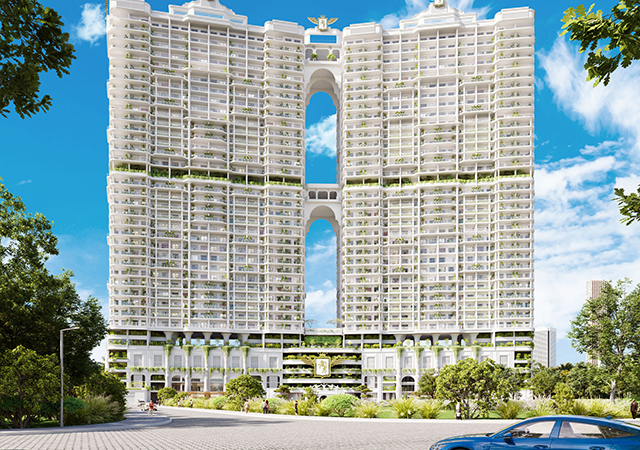
(5).jpg)
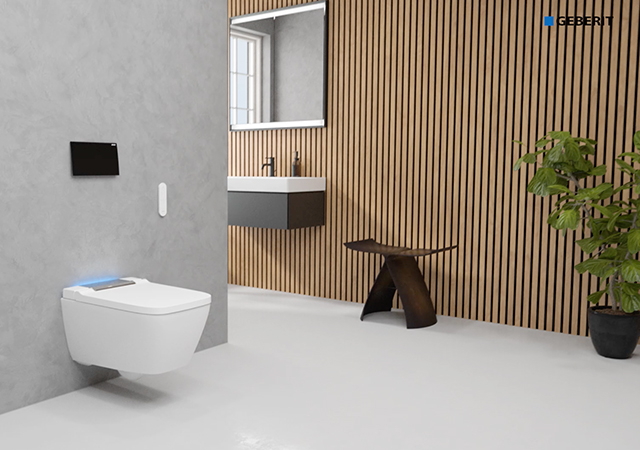

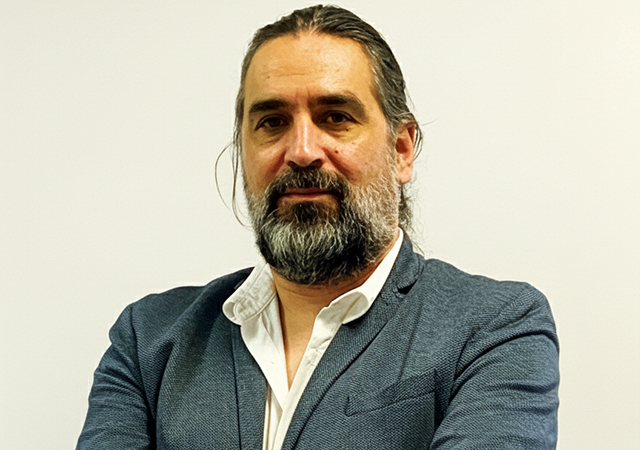
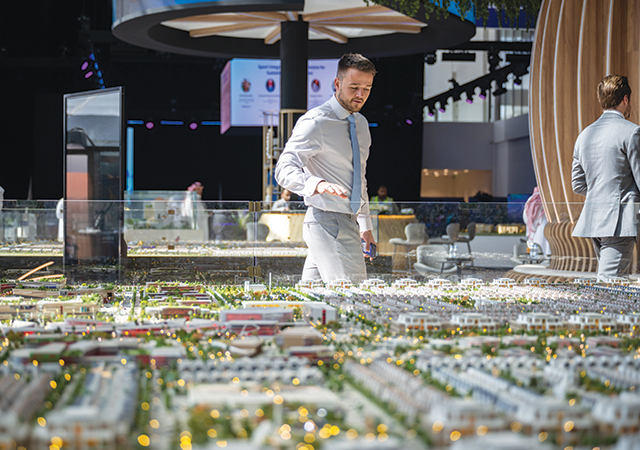
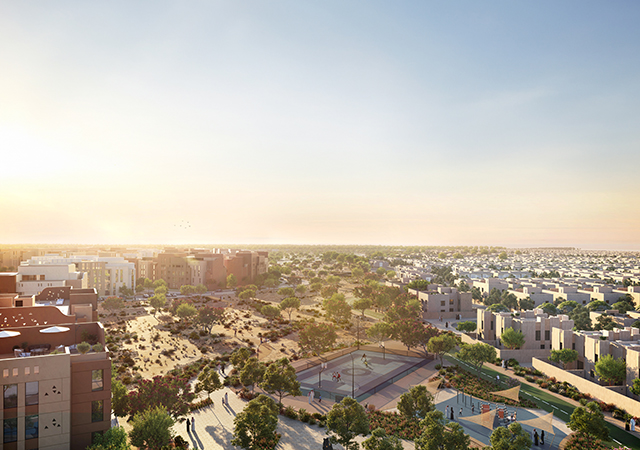
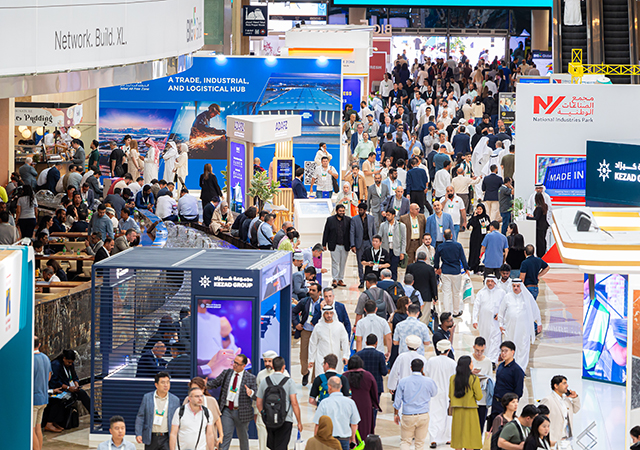
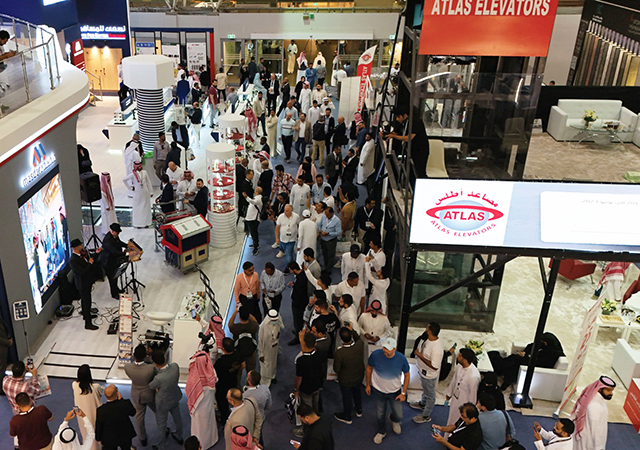

.jpg)
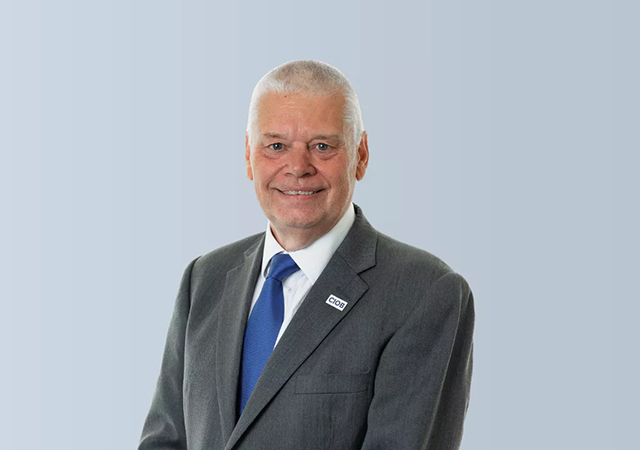

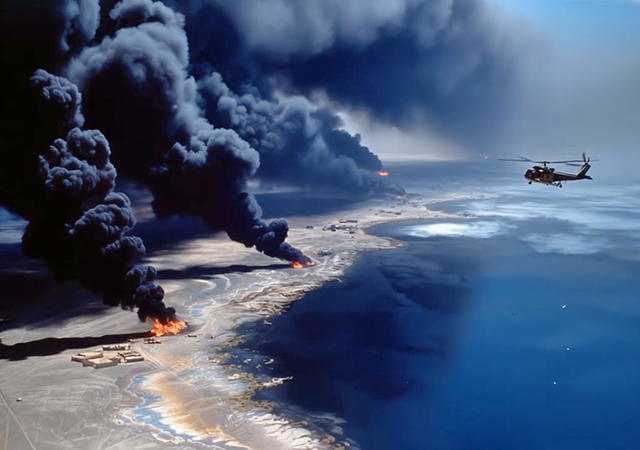
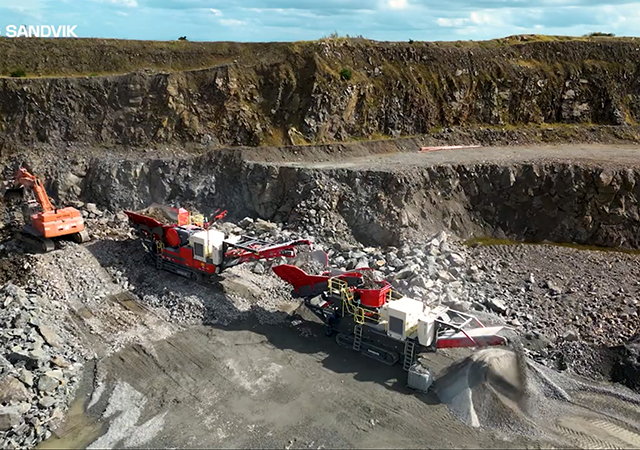
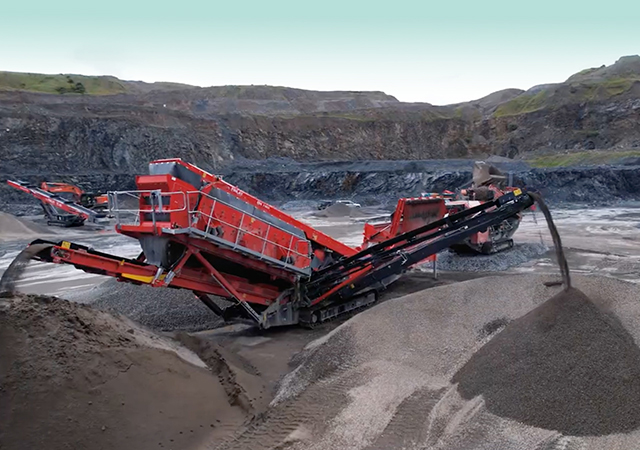
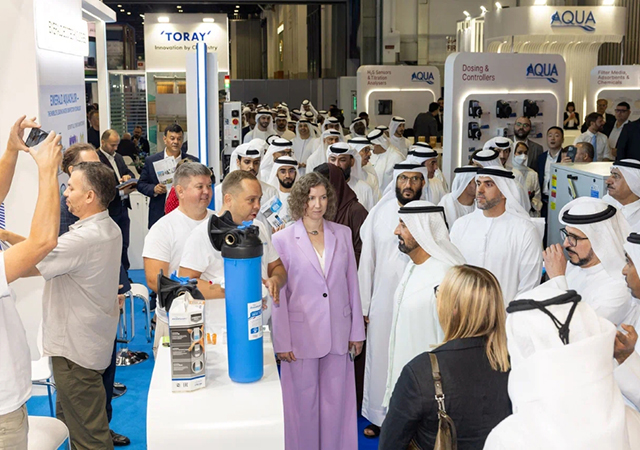

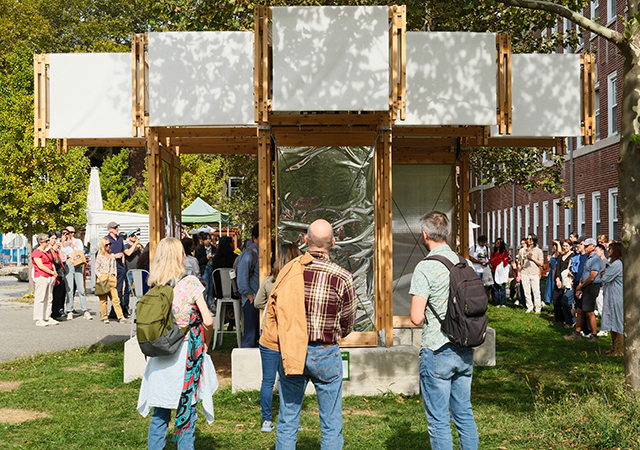
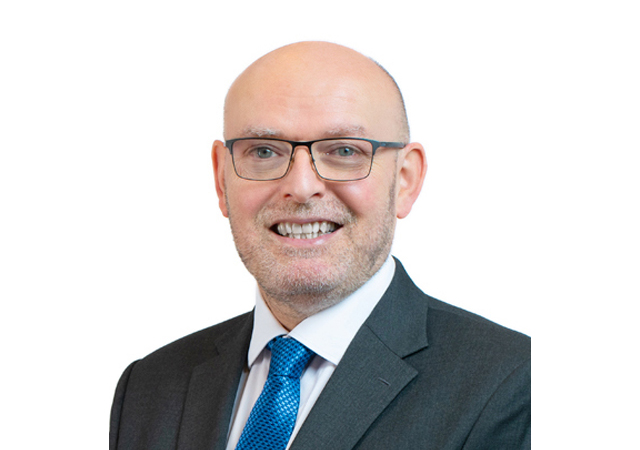


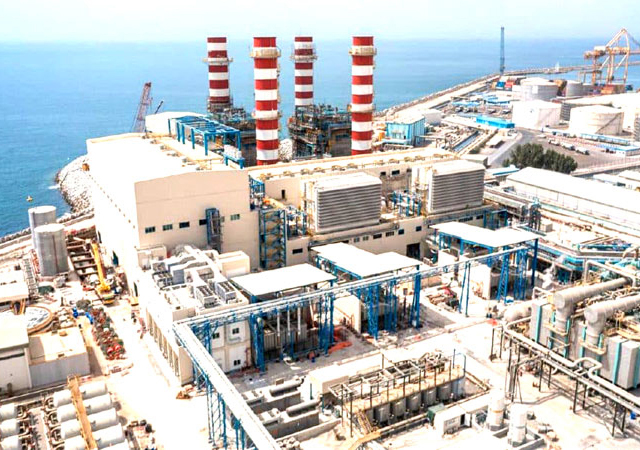

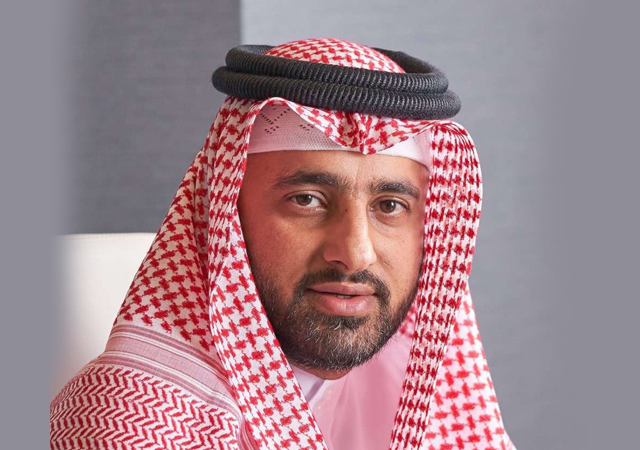

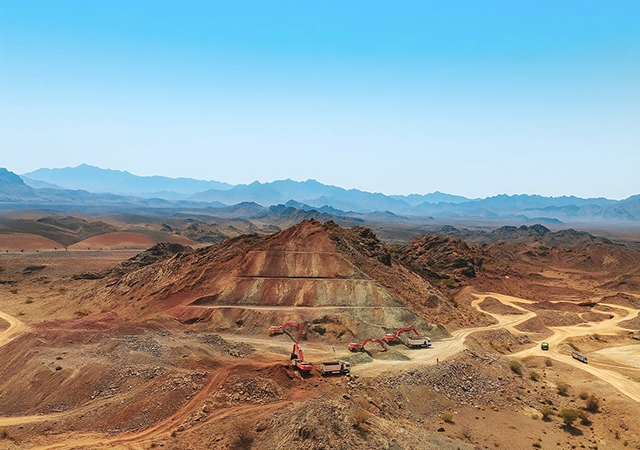

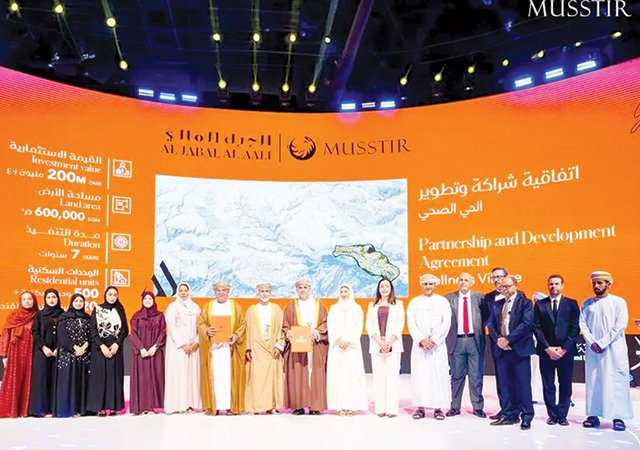
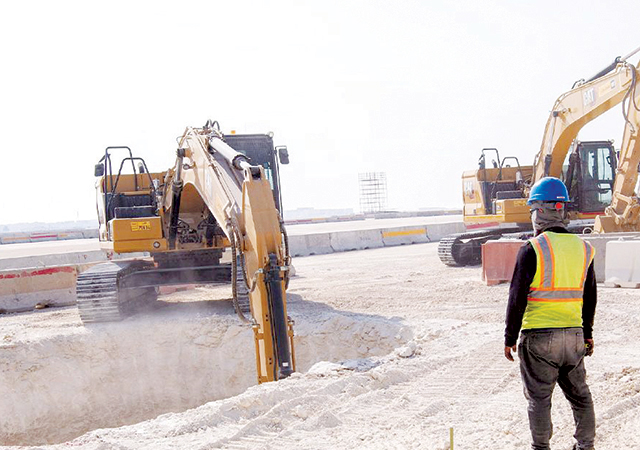
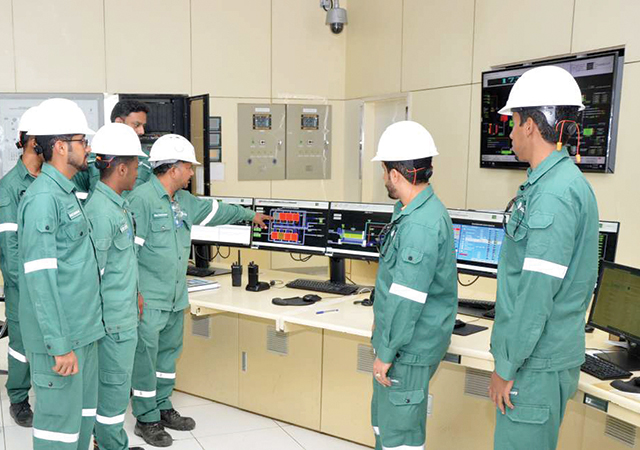
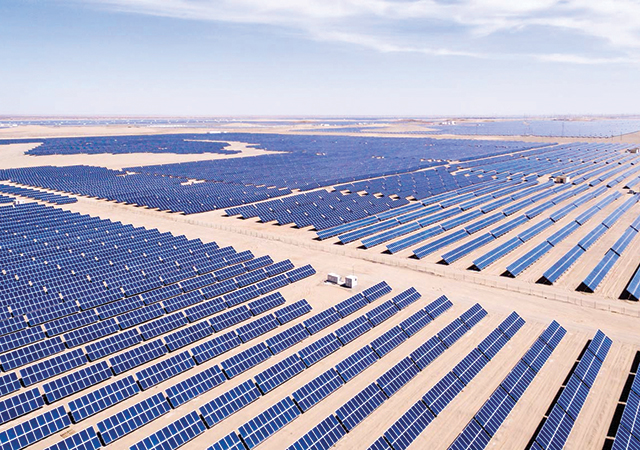
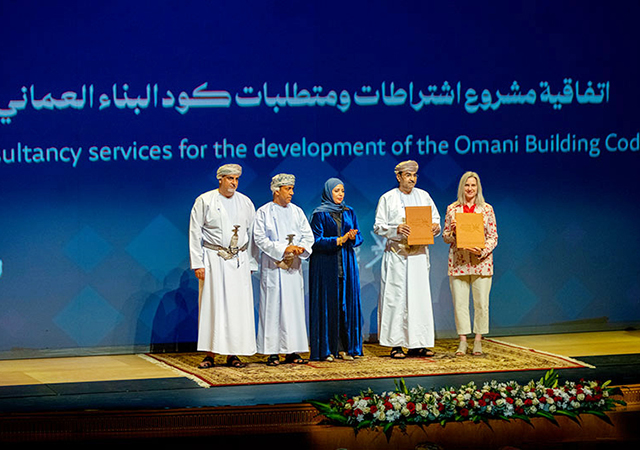
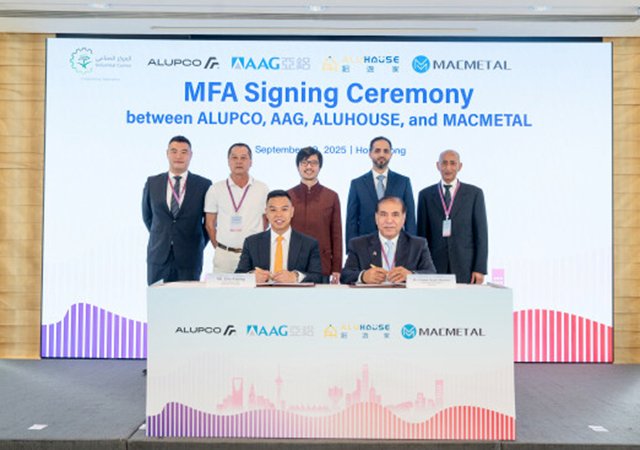
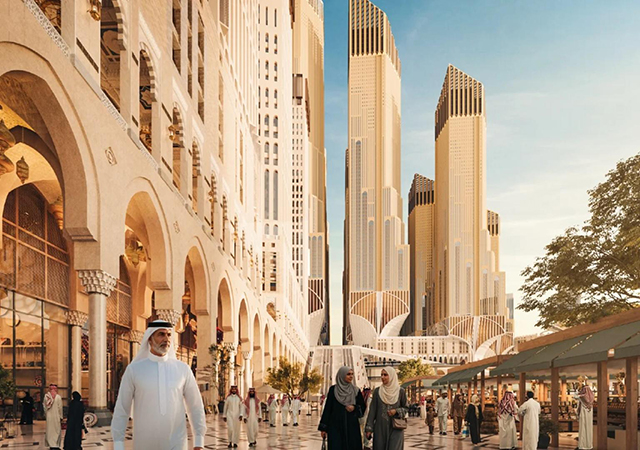
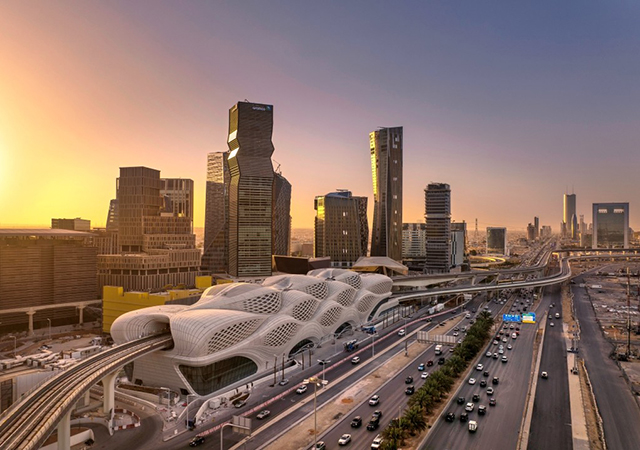
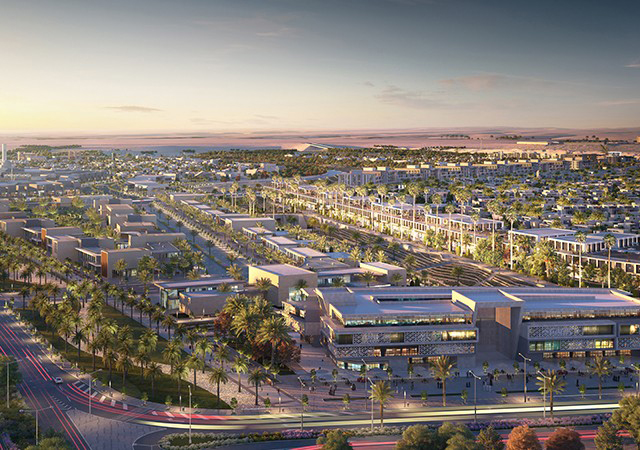
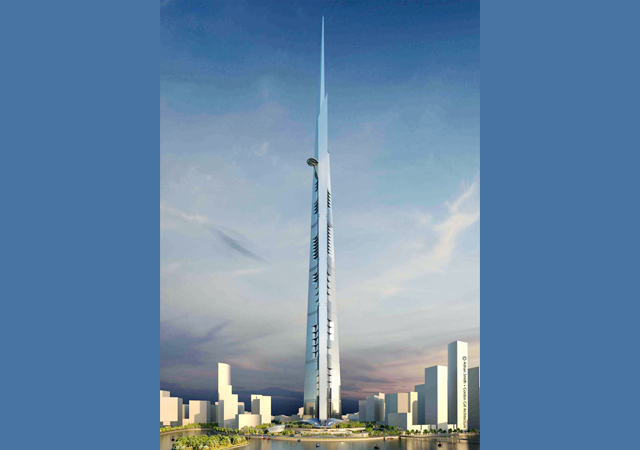
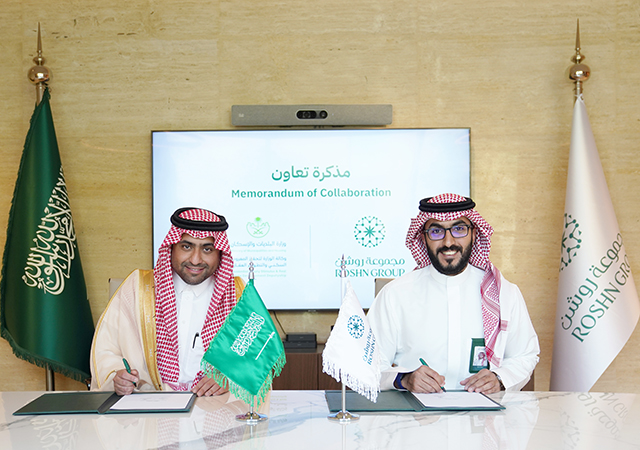


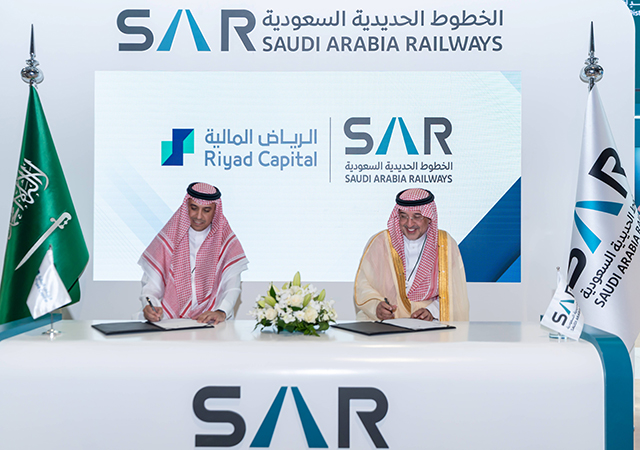
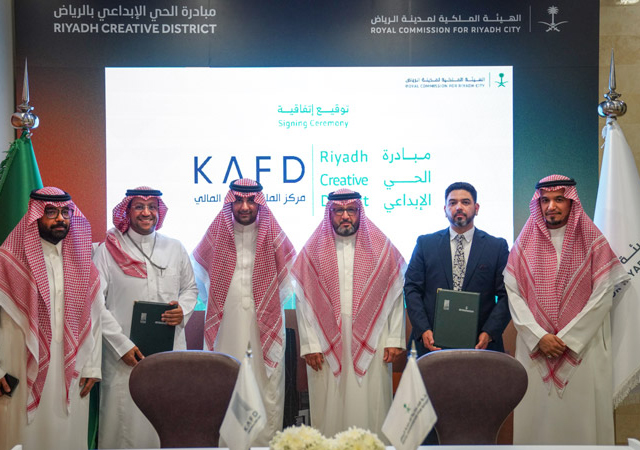
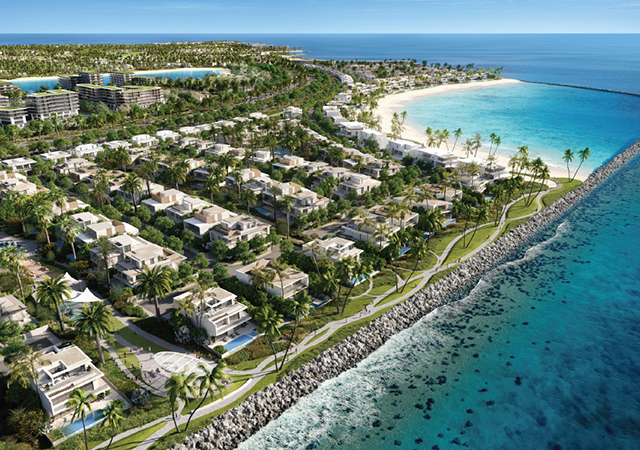
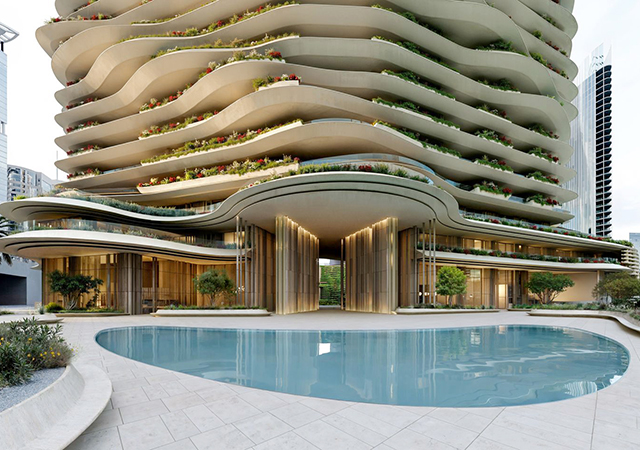
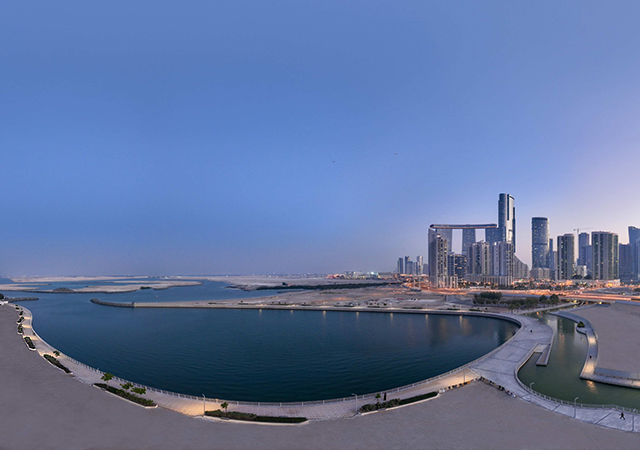
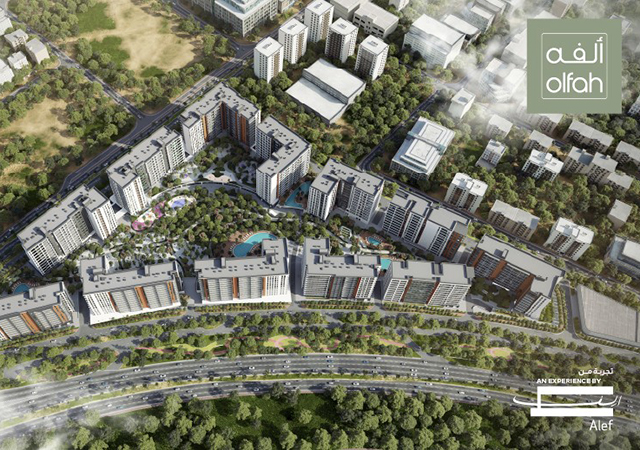
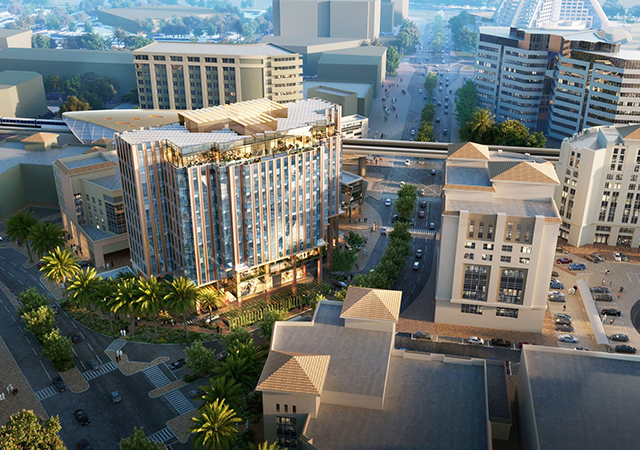
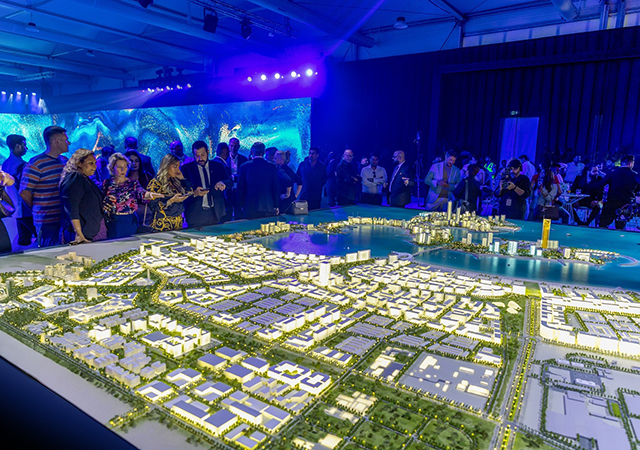

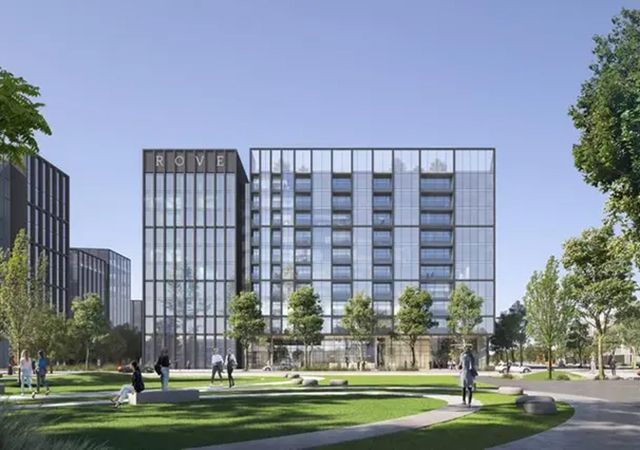
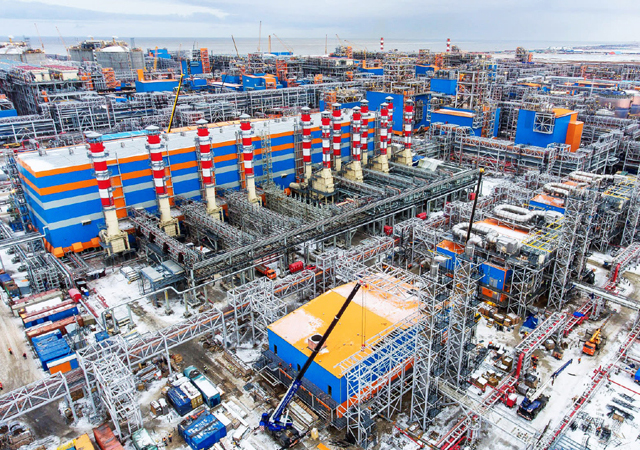
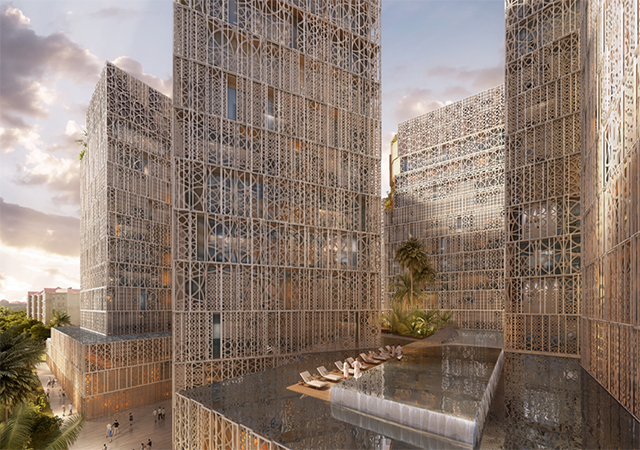

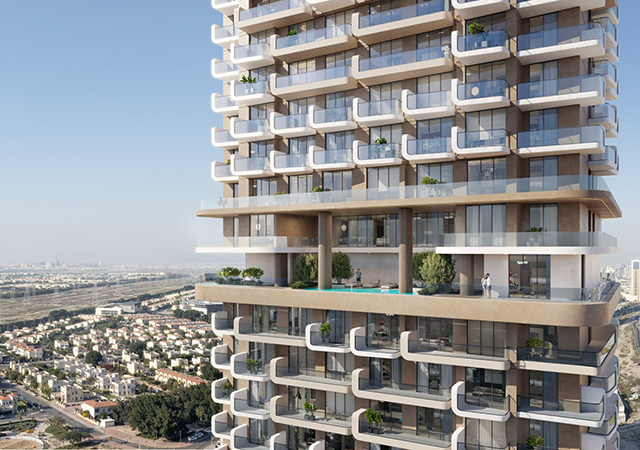
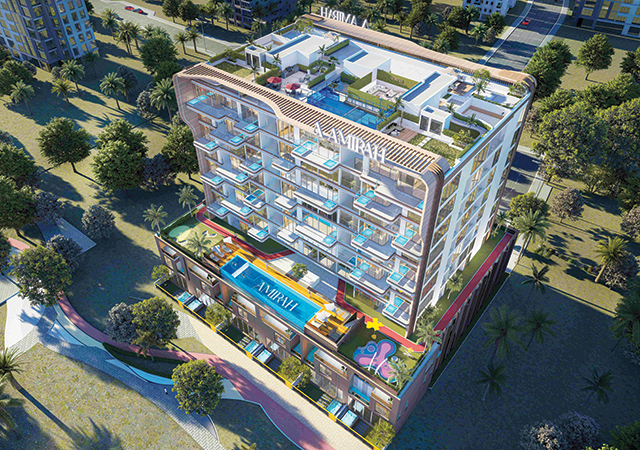
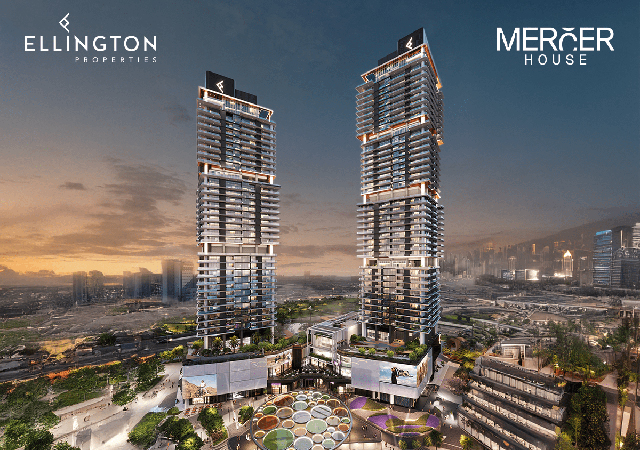
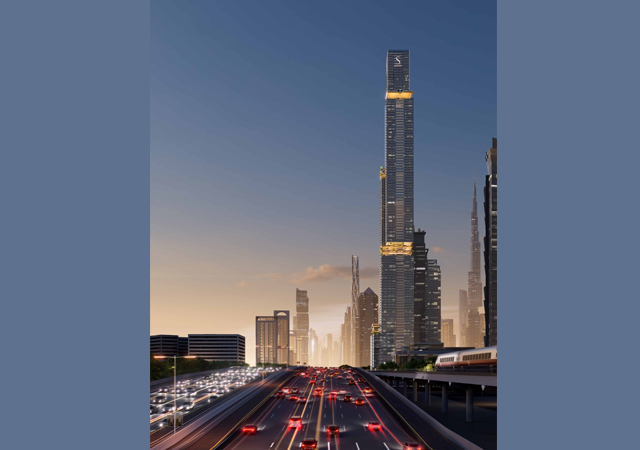


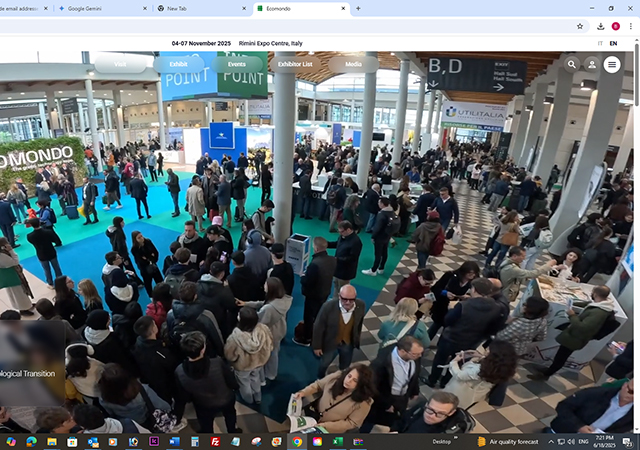
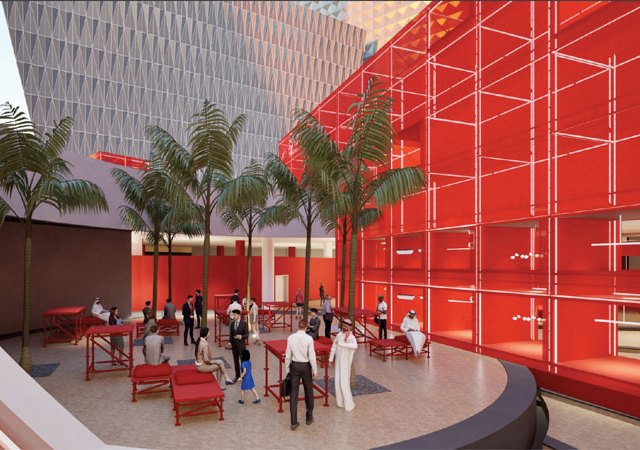

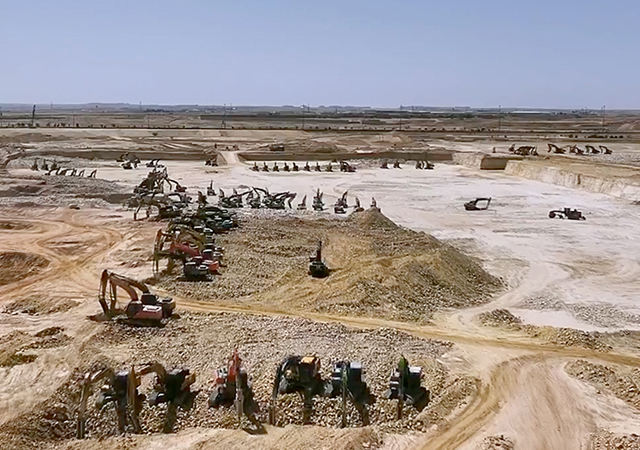
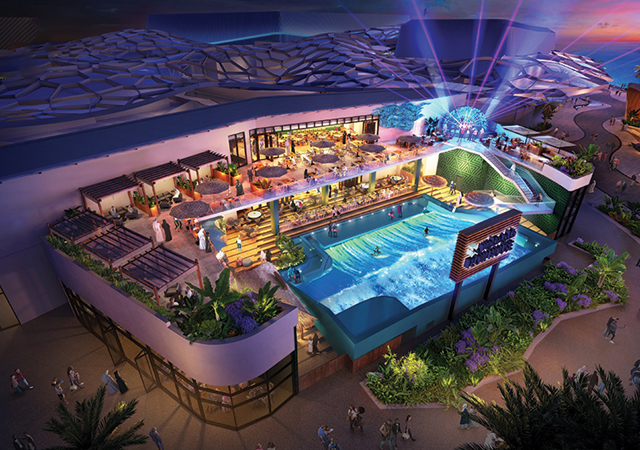
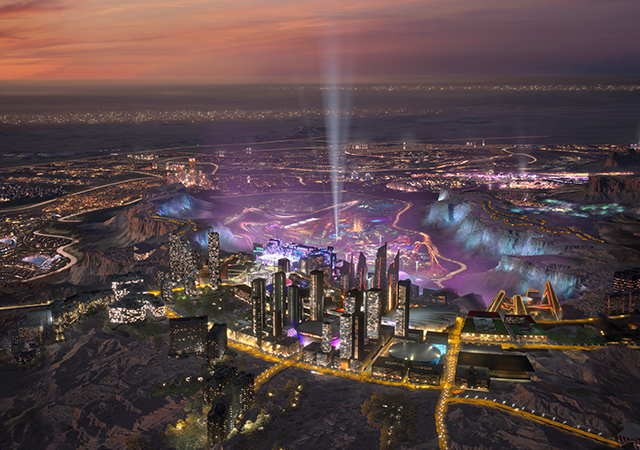
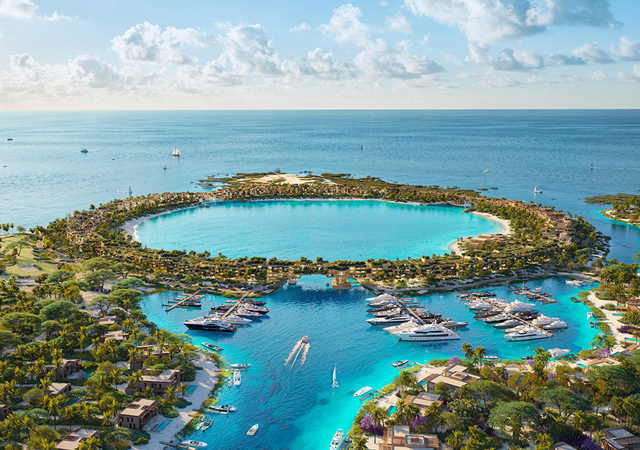
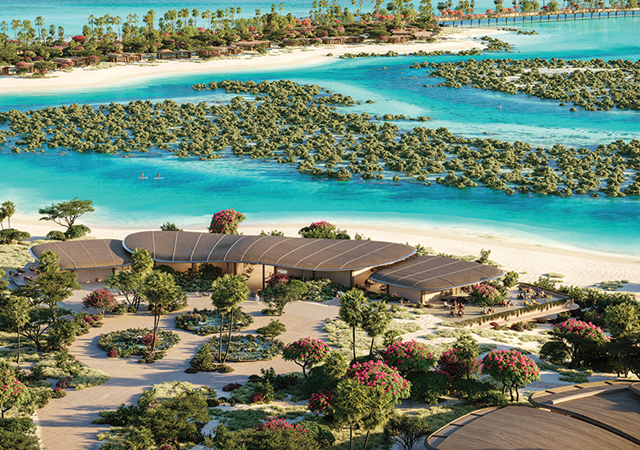
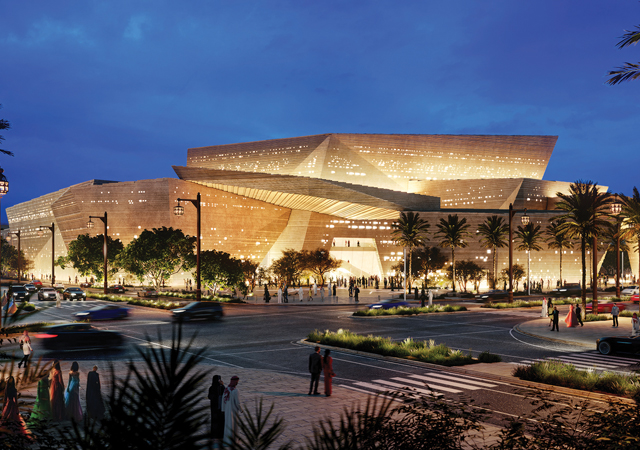
 BIG.jpg)
